HMPV
Human Metapneumovirus (HMPV) is a respiratory virus that can cause a range of illnesses, from mild cold-like symptoms to more severe respiratory conditions such as pneumonia and bronchiolitis. First discovered in 2001, HMPV is part of the Paramyxoviridae family, which also includes viruses like RSV (Respiratory Syncytial Virus), measles, and mumps. Though less well-known than influenza or RSV, HMPV plays a significant role in respiratory infections, particularly in children, the elderly, and those with weakened immune systems.
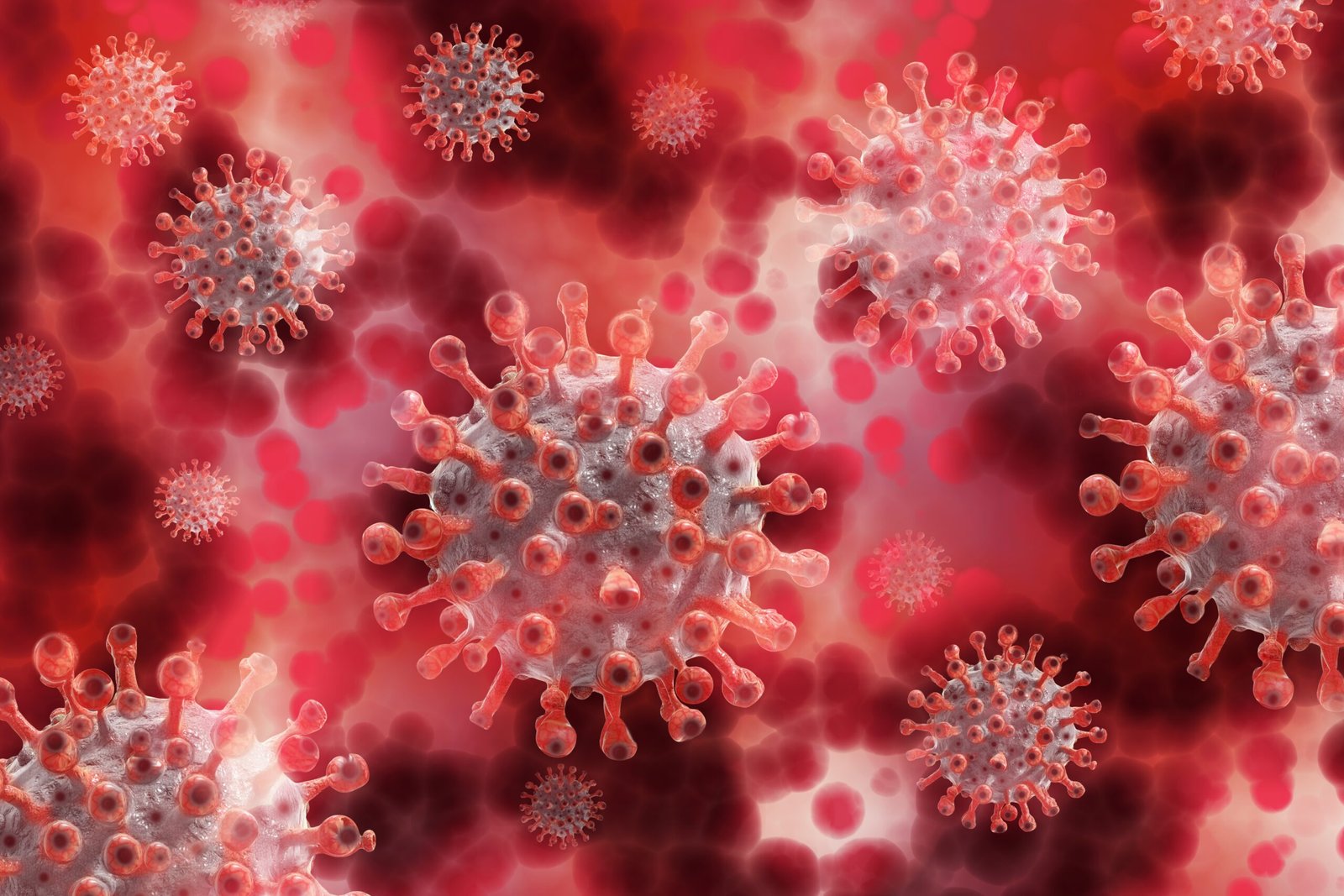
In this blog post, we’ll explore what HMPV is, how it spreads, and why it’s important to be aware of its symptoms, especially during the peak respiratory infection seasons.
The virus was discovered in 2001 by a team of researchers who were investigating respiratory infections in children. While respiratory infections caused by viruses like RSV and influenza had been well-documented, HMPV had not been recognized as a major contributor to respiratory illnesses until its identification. Since then, scientists have worked to understand the virus’s transmission patterns, its symptoms, and how it compares to other respiratory viruses.
HMPV is most active during the fall, winter, and early spring months, which overlap with the flu season, making it more likely to spread during these times. The virus is most commonly transmitted in households, daycare centers, schools, and hospitals.
How HMPV Spreads:
Human Metapneumovirus (HMPV) is a respiratory virus that can cause mild to severe respiratory infections, primarily in young children, the elderly, and those with weakened immune systems. While it may not be as widely recognized as influenza or RSV, HMPV is a significant cause of respiratory illness globally, especially during peak viral seasons. Understanding how HMPV spreads is crucial for preventing its transmission and protecting vulnerable populations.
In this blog, we’ll break down the ways HMPV spreads, how to reduce your risk of infection, and why it’s important to be aware of its transmission patterns.
Like many respiratory viruses, HMPV spreads easily in community settings and can be transmitted through various pathways, making it important to take preventive measures to limit its spread.
Airborne Respiratory Droplets
The most common way that HMPV spreads is through respiratory droplets that a releases when an infected person coughs, sneezes, talks, or even breathes. These droplets contain the virus and can travel through the air, where they others nearby inhale them by people nearby.
Close Contact: If you are in close proximity (within 6 feet) of someone who is infected with HMPV, you are at a higher risk of inhaling these droplets, which increases the likelihood of infection.
Indoor Spaces: Crowded or poorly ventilated indoor environments, such as schools, daycare centers, hospitals, and public transportation, are particularly high-risk areas for viral transmission.
Surface Contamination and Fomite Transmission:
In addition to airborne droplets, HMPV can also be spread through contact with contaminated surfaces. This is known as fomite transmission. When an infected person coughs or sneezes, respiratory droplets may land on nearby surfaces, such as:
Doorknobs
Light switches
Telephones
Computer keyboards
Remote controls
Toys and shared objects
If you touch a surface contaminated with the virus and then touch your face (especially your mouth, nose, or eyes), you can become infected. This type of transmission is common in high-traffic areas and public spaces where multiple people may come into contact with the same surfaces.
Close Personal Contact
HMPV can also be spread through direct person-to-person contact, such as shaking hands, hugging, or kissing someone who is infected with the virus. Since the virus is present in respiratory secretions like saliva and mucus, contact with these bodily fluids can lead to transmission.
Infected caregivers may unknowingly transmit HMPV to infants, young children, or elderly individuals, who are at higher risk of severe disease.
Touching your face after physical contact with an infected individual can further increase the risk of infection.
Mother-to-Child Transmission (Vertical Transmission)
There is some evidence suggesting that HMPV may be transmitted from a mother to her newborn during childbirth or through close contact after birth. This is particularly relevant for mothers who have the virus during the later stages of pregnancy or while in close contact with their newborns after delivery.
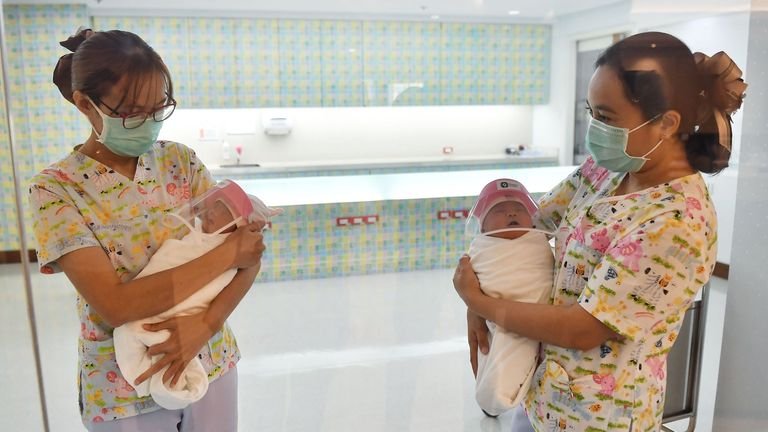
However, vertical transmission of HMPV is considered relatively rare, and more research is needed to fully understand the mechanisms behind this type of spread.
Why Is HMPV Most Active in Certain Seasons?
Like many other respiratory viruses, HMPV tends to be more active during certain seasonal peaks, especially in the fall, winter, and early spring months. This is the same time when other respiratory viruses like the flu and RSV are also more common.
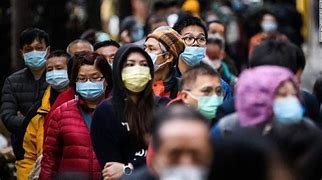 Several factors contribute to the seasonal spread of HMPV:
Several factors contribute to the seasonal spread of HMPV:
Cold weather: People tend to spend more time indoors during colder months, which increases the likelihood of close contact and the spread of respiratory viruses.
Dry air: The dry indoor air during colder months can help the virus stay viable in the environment for longer periods, making it easier to spread.
Weakened immune systems: During the winter months, people’s immune systems may be slightly weaker due to factors like reduced sunlight exposure (leading to lower vitamin D levels) or other seasonal factors, making them more susceptible to infections.
How to Reduce the Risk of HMPV Transmission
While there is currently no vaccine for HMPV, you can take several steps to reduce the risk of spreading or contracting the virus. Here are some effective preventive measures
Symptoms of HMPV Infection
Human Metapneumovirus (HMPV) is a respiratory virus that can cause a variety of symptoms, ranging from mild cold-like signs to severe respiratory distress, particularly in vulnerable populations. While HMPV is less commonly discussed compared to other respiratory viruses like RSV (Respiratory Syncytial Virus) or influenza, it is an important cause of illness, especially during the peak seasons for viral infections.
HMPV is spread through respiratory droplets when an infected person coughs, sneezes, or talks, as well as through contact with contaminated surfaces. It typically circulates during the fall, winter, and early spring, overlapping with flu season.
Common Symptoms of HMPV Infection
Fever
One of the first symptoms of HMPV is often a fever. The fever associated with HMPV can range from mild to moderate, typically around 100.4°F (38°C). In more severe cases, the fever may be higher, especially if the infection progresses to conditions like pneumonia or bronchiolitis.
Fever is your body’s natural response to fighting off the virus, but it can also contribute to discomfort and dehydration. It’s important to monitor the fever and treat it with over-the-counter medications, such as acetaminophen or ibuprofen, to help manage symptoms.
Cough
A persistent cough is another hallmark symptom of HMPV infection. This cough is usually dry, though it can sometimes produce mucus if the infection affects the lower respiratory tract. The cough can be quite bothersome, especially in the evening or at night, and may worsen if the infection progresses to more serious conditions like bronchiolitis or pneumonia.
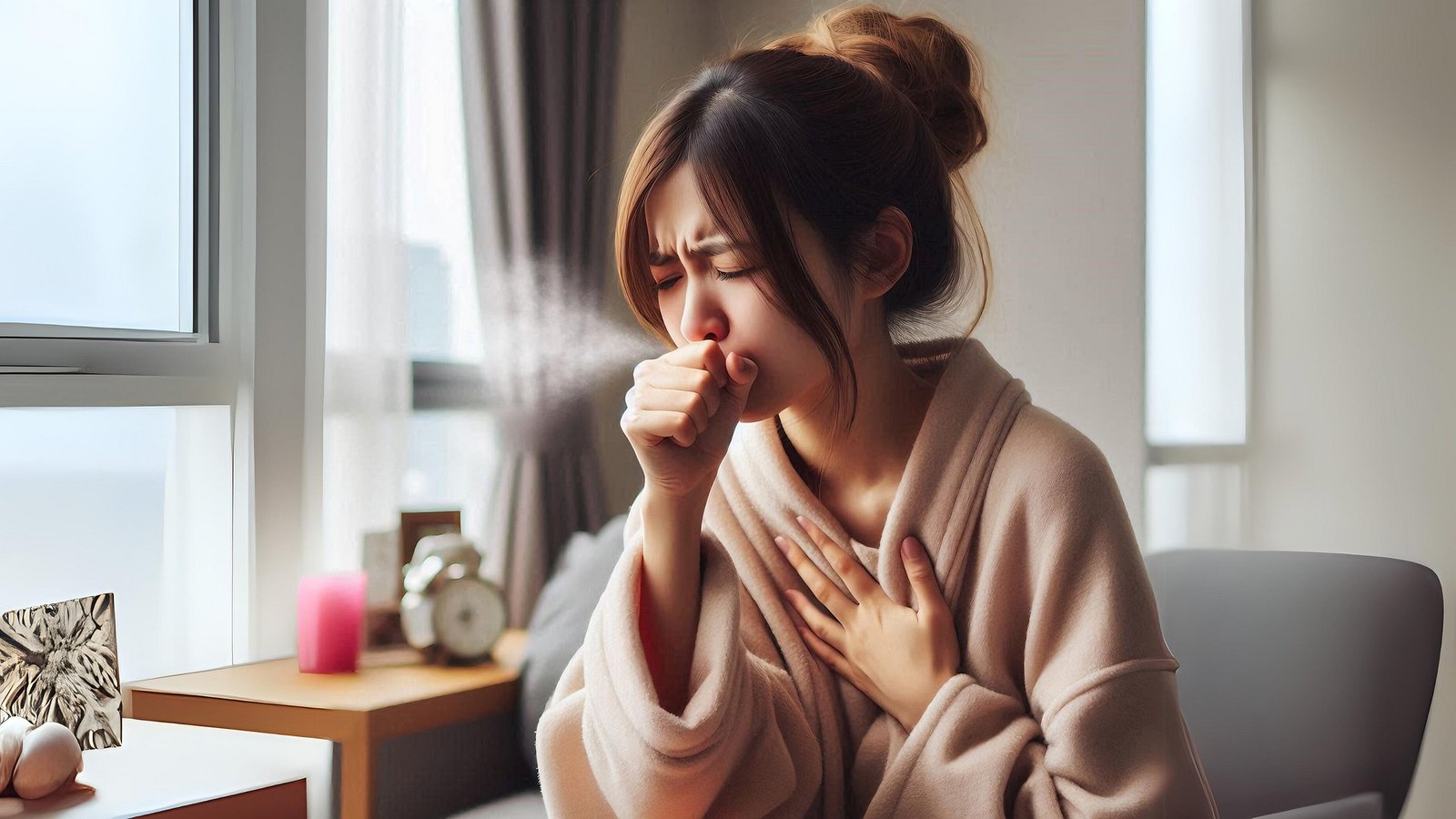
It’s important to monitor the cough, as it can lead to difficulty breathing in severe cases, especially in infants or elderly individuals. If the cough is accompanied by wheezing or shortness of breath, medical attention should be sought immediately.
Runny or Stuffy Nose
A runny nose (rhinorrhea) is another common symptom of HMPV, especially in the early stages of infection. The nasal congestion can make breathing through the nose difficult, leading to sinus pressure or headaches. This symptom is typical of many viral respiratory infections and can last for several days.
If the nasal congestion becomes severe or if it causes discomfort, saline nasal sprays or decongestants may help alleviate the symptoms. However, be cautious when using decongestants, particularly in children.
Sore Throat
A sore throat is another possible symptom of HMPV infection. This can occur alongside other upper respiratory symptoms like a runny nose or cough. The throat may feel dry, scratchy, or irritated, making swallowing uncomfortable. This is more common in the early stages of the infection and may resolve as the virus progresses.
Throat lozenges, warm saltwater gargles, and staying hydrated can help soothe a sore throat.
Shortness of Breath or Wheezing
In more severe cases of HMPV infection, particularly in vulnerable populations like infants, elderly individuals, and those with pre-existing respiratory conditions (e.g., asthma or COPD), the virus can lead to wheezing and shortness of breath. These symptoms occur when the virus causes inflammation in the airways, making it harder for the lungs to expand and contract properly.
Wheezing may sound like a high-pitched whistling sound when breathing, and shortness of breath can be accompanied by rapid breathing, chest tightness, or a labored breath. If you or someone you care for is experiencing these symptoms, seek medical attention immediately, as they may indicate bronchiolitis or pneumonia.
Fatigue
Fatigue and general weakness are common symptoms of viral infections, including HMPV. The body’s immune response to the virus requires energy, which can leave individuals feeling tired and lethargic. Fatigue can last for several days, especially if the infection is severe.
Getting plenty of rest, staying hydrated, and eating nutritious foods can help restore energy levels and speed up recovery.
Chills and Body Aches
Some people with HMPV infection may experience chills or body aches, especially in the initial stages of the illness. These symptoms are often associated with the body’s inflammatory response to the virus. Body aches can make it difficult to get comfortable and may interfere with sleep.

Over-the-counter pain relievers like acetaminophen or ibuprofen can help alleviate body aches and reduce fever.
Severe Symptoms: When to Seek Medical Attention
While most people with HMPV infection recover with rest and supportive care, there are certain signs that indicate the infection may be severe and require medical attention:
Wheezing or shortness of breath that doesn’t improve
Rapid breathing or labored breathing
Chest pain or tightness
Persistent fever that doesn’t respond to medication
Bluish lips or face (a sign of oxygen deprivation)
Severe fatigue or confusion
How to Manage HMPV Symptoms
Currently, there is no specific antiviral treatment for HMPV. Treatment focuses on managing symptoms and providing supportive care. Here are some tips for managing HMPV symptoms:
- Stay Hydrated: Drink plenty of fluids, such as water, herbal teas, and clear broths, to stay hydrated and help loosen mucus in the airways.
- Rest: Allow your body to recover by getting plenty of sleep and taking it easy.
- Over-the-Counter Medications: Use over-the-counter medications like acetaminophen or ibuprofen to reduce fever and relieve body aches.
If you or a loved one experience any of these symptoms, especially in vulnerable individuals (e.g., infants, elderly, or those with underlying health conditions), seek immediate medical care.
- Use a Humidifier: A humidifier can help keep the air moist and relieve nasal congestion and coughing.
- Seek Medical Advice: If symptoms worsen or if you experience difficulty breathing, seek medical attention promptly.
Conclusion: Recognizing the Symptoms of HMPV
Who is at Risk from HMPV? Understanding Vulnerable Populations
Human Metapneumovirus (HMPV) is a respiratory virus that can cause a variety of illnesses, from mild cold-like symptoms to more severe conditions such as pneumonia and bronchiolitis. Though HMPV is often overshadowed by other respiratory viruses like influenza and RSV (Respiratory Syncytial Virus), it is a significant cause of respiratory illness, particularly during the colder months.
While anyone can contract HMPV, certain populations are more vulnerable to severe illness. In this blog, we’ll explore who is at higher risk from HMPV infection and why these individuals are more likely to experience complications.
Infants and Young Children
Infants and young children (especially those under 2 years old) are among the most vulnerable populations when it comes to HMPV infection. The reasons for this include:

- Immature immune system: Infants and toddlers have developing immune systems. This makes it harder for them to fight off infections like HMPV.
- Small airways: The smaller airways in young children can make them more susceptible to bronchiolitis. Bronchiolitis is the inflammation of the small airways in the lungs. This can lead to difficulty breathing and severe respiratory distress.
- Higher risk of complications: Babies and young children are more likely to develop pneumonia, wheezing, and respiratory failure as a result of an HMPV infection.
- In fact, HMPV is one of the leading causes of hospitalization for infants. This is especially true during the winter months when respiratory infections are more common.
- Parents should be vigilant for symptoms of respiratory distress in their children. These symptoms include rapid breathing, wheezing, and chest retractions.
Elderly Adults (65 and Older)
Older adults, particularly those aged 65 and older, are also at higher risk for severe illness from HMPV. As people age, their immune systems typically become weaker, which makes it harder for them to fight off infections. Other factors that increase the risk for elderly individuals include:

- Chronic health conditions: Older adults are more likely to have underlying medical conditions. These can include heart disease, diabetes, COPD, or asthma. These conditions can make respiratory infections more dangerous.
- Decreased lung function: With age, lung function naturally declines. This can make it harder for the elderly to recover from respiratory illnesses like pneumonia or bronchitis.
- Weakened immune response: As we age, the immune system becomes less efficient. This makes elderly individuals more susceptible to severe illness from viruses like HMPV.
- For older adults, HMPV can lead to serious complications. These include pneumonia, acute respiratory distress syndrome (ARDS), or hospitalization. In some cases, HMPV can be fatal.
- Immediate medical attention is important. This applies if elderly individuals exhibit signs of severe respiratory symptoms. These symptoms include difficulty breathing, chest pain, or bluish lips.
Individuals with Weakened Immune Systems
People with weakened immune systems are at significantly higher risk for severe HMPV infection. This group includes individuals with conditions such as:
Cancer (especially those undergoing chemotherapy)
HIV/AIDS (with a compromised immune system)
Organ transplant recipients (on immunosuppressive medications)
Autoimmune diseases (such as lupus, rheumatoid arthritis, or Crohn’s disease)
A weakened immune system means the body’s natural defenses are less effective at fighting off infections. As a result, individuals with compromised immunity may develop more severe symptoms or prolonged illness. HMPV can lead to complications such as pneumonia, bronchiolitis, or secondary bacterial infections, which may require intensive treatment.
For these individuals, it’s especially important to avoid exposure to respiratory viruses, practice good hygiene, and seek medical care early if symptoms arise.
People with Chronic Respiratory Conditions
- Individuals with chronic respiratory conditions are at an elevated risk of complications from HMPV infection. These conditions include asthma, COPD, or emphysema.
- These individuals already have compromised lung function. This can make it difficult for them to recover from respiratory illnesses.
- Asthma: People with asthma may experience worsening symptoms. These symptoms include wheezing, shortness of breath, and increased use of inhalers during an HMPV infection.
- COPD: COPD, which includes chronic bronchitis and emphysema, causes long-term damage to the lungs. This can make it difficult for individuals to clear mucus from their airways. This can lead to severe respiratory distress and pneumonia when infected with viruses like HMPV.
- For people with chronic respiratory conditions, it’s essential to keep track of symptoms. Seek immediate medical attention if they develop increased coughing, wheezing, or difficulty breathing.
Pregnant Women
Pregnant women are generally not considered to be at an extremely high risk for severe HMPV infection compared to other populations. However, pregnancy can slightly alter the immune response and increase susceptibility to respiratory infections. Additionally, the physical changes associated with pregnancy—such as the pressure on the diaphragm from the growing uterus—can make breathing more difficult, potentially exacerbating symptoms of respiratory infections.

Pregnant women who develop severe respiratory symptoms should seek medical care promptly. This is crucial to ensure the health and safety of both the mother and the baby.
How to Protect Vulnerable Populations
- Good Hygiene Practices: Frequent handwashing, covering coughs and sneezes, and disinfecting high-touch surfaces can help prevent the spread of HMPV.
- Avoid Exposure: Vulnerable individuals should avoid close contact with people who have respiratory symptoms or are known to be infected with HMPV.
- Vaccination: While there is no vaccine for HMPV, individuals at high risk should stay up-to-date on vaccines for other respiratory illnesses, such as flu and pneumonia, which can help reduce the overall burden of respiratory infections.
- Seek Medical Attention Early: If you or a loved one fall into one of the high-risk categories and develop symptoms like shortness of breath, wheezing, or high fever, seek medical care immediately.
Conclusion: Understanding Who is at Risk from HMPV
Human Metapneumovirus (HMPV) can affect anyone, but certain populations are at higher risk for severe illness and complications. Infants, elderly adults, individuals with weakened immune systems, and those with chronic respiratory conditions are especially vulnerable to the effects of HMPV.
Life’s too short for anything but laughter! Dive into a world of humor with 100+ Very Very Funny Short Jokes guaranteed to make you LOL. These side-splitting quips are perfect for a quick pick-me-up or sharing with friends. Get ready to chuckle, giggle, and maybe even burst out laughing!


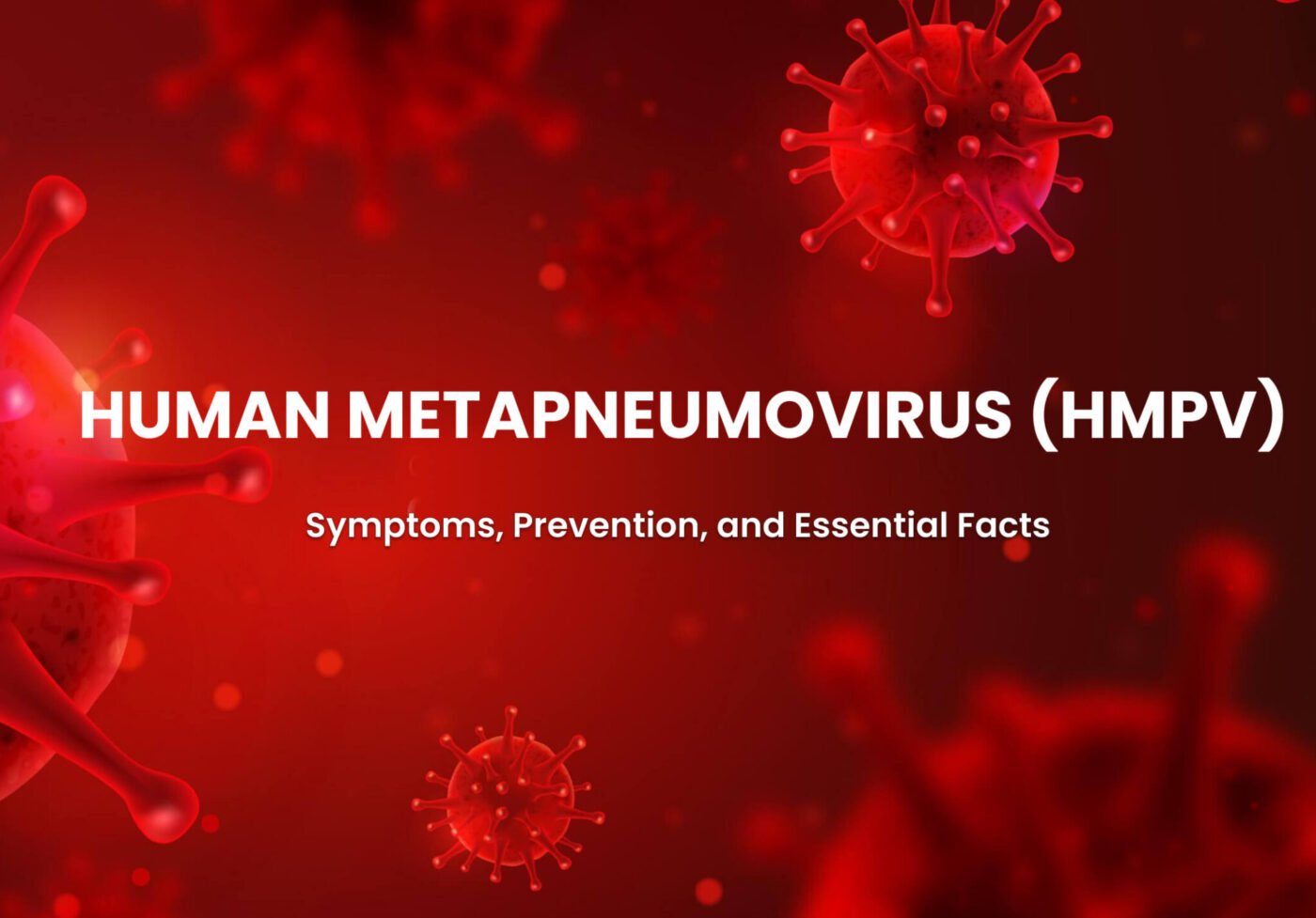
4 Comments